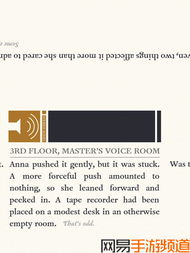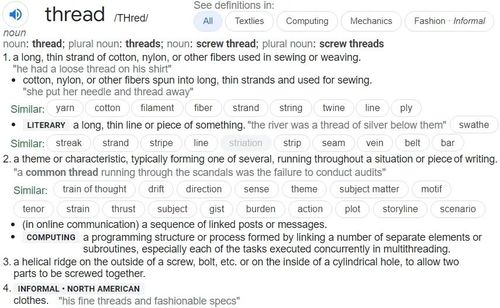来源:小编 更新:2024-10-18 06:42:20
用手机看

Clues are the essential elements that guide us through the labyrinth of mysteries and enigmas. They are the threads that weave together the fabric of intrigue, providing us with the necessary information to solve puzzles and uncover truths. In this article, we will delve into the world of clues, exploring their significance, types, and how they play a crucial role in various contexts, from detective novels to real-life investigations.

At its core, a clue is a piece of information that can lead to the discovery of something unknown or hidden. It can be a physical object, a piece of evidence, a statement, or even a pattern that, when pieced together, reveals the truth. Clues are the building blocks of deduction and reasoning, enabling us to make logical connections and draw conclusions.

Clues can be categorized into various types based on their nature and source. Here are some common types of clues:
Physical Clues: These are tangible objects that can be found at the scene of a crime or mystery. Examples include fingerprints, DNA samples, or a piece of a broken object.
Documentary Clues: These clues are found in written or printed materials, such as letters, diaries, or legal documents.
Behavioral Clues: These clues are derived from the actions, habits, or statements of individuals involved in the mystery.
Forensic Clues: These clues are discovered through the application of scientific methods and techniques, such as fingerprint analysis or DNA testing.
Logical Clues: These clues are based on logical reasoning and deduction, often requiring the solver to think critically and analyze the information at hand.

Clues are the backbone of detective novels and mysteries. They provide the reader with a sense of suspense and anticipation, as they follow the protagonist on their quest to uncover the truth. The clever use of clues can keep readers engaged and guessing, while the misdirection of clues can create a thrilling and unpredictable narrative.
Authors like Agatha Christie and Arthur Conan Doyle are renowned for their masterful use of clues in their stories. They carefully plant red herrings and misdirection to keep the reader guessing, only to reveal the truth in a satisfying twist.

In real-life investigations, clues are the foundation upon which law enforcement agencies build their cases. Detectives and forensic experts rely on clues to piece together the puzzle of a crime, leading them to the perpetrator and bringing justice to the victims. The successful resolution of many high-profile cases can be attributed to the meticulous analysis of clues and the application of forensic techniques.
For example, the DNA evidence found at a crime scene can be a crucial clue that leads to the identification of a suspect. Similarly, a witness's statement or a pattern of behavior can provide valuable insights into the circumstances surrounding a crime.

One of the key aspects of detecting and utilizing clues is paying attention to detail. Often, the smallest piece of information can be the key to solving a mystery. Detectives and investigators must be thorough in their search for clues, examining every aspect of the case and considering all possible angles.
Attention to detail is not only crucial in investigations but also in everyday life. Recognizing and interpreting subtle clues can help us make better decisions, solve problems, and navigate complex situations.

Clues are the essential tools that enable us to unravel mysteries and uncover truths. Whether in the pages of a detective novel or in the real world, clues play a vital role in guiding us towards the truth. By understanding the types of clues, their significance, and the importance of attention to detail, we can appreciate the intricate dance of deduction and reasoning that leads us to the heart of the mystery.
